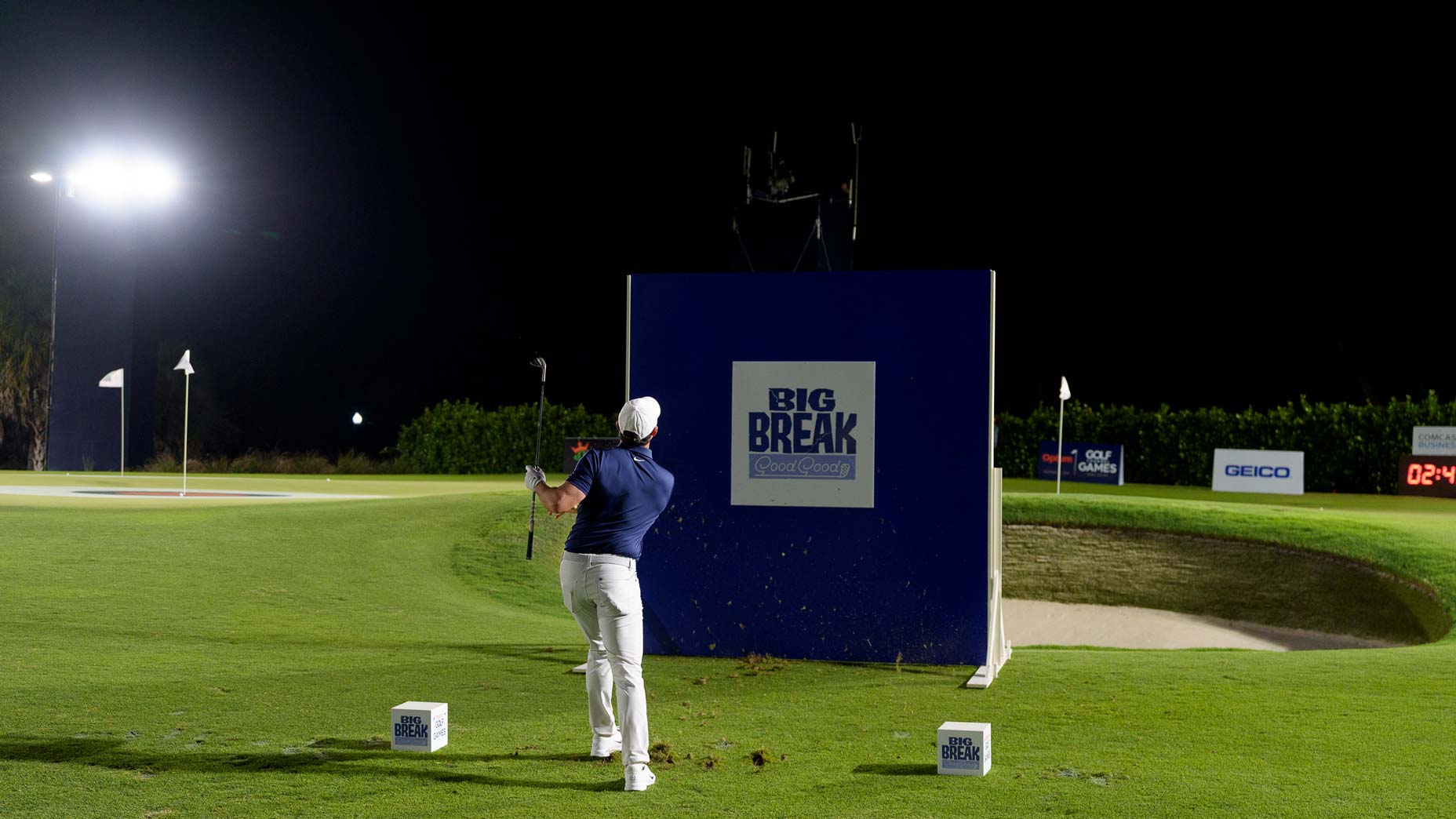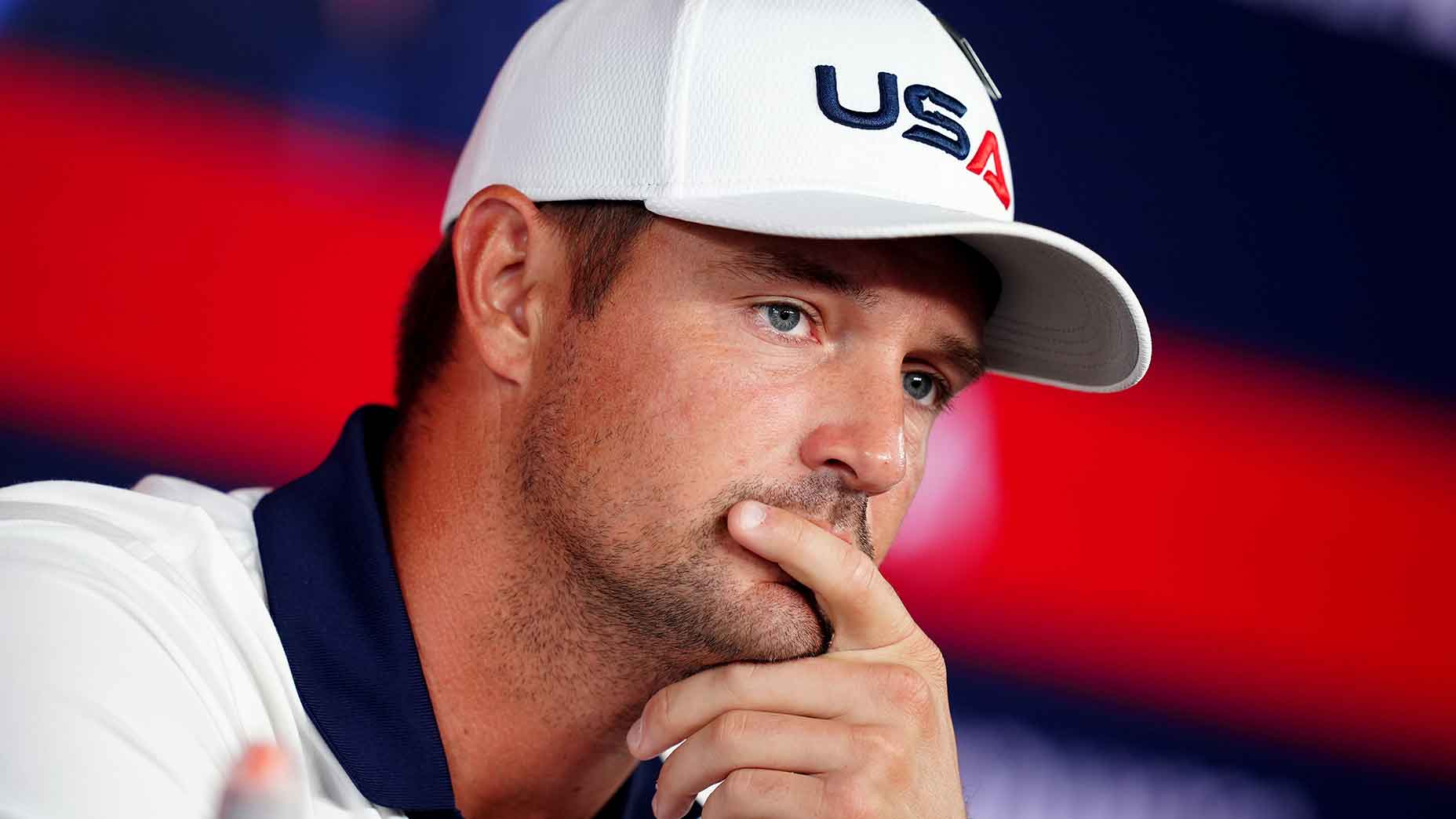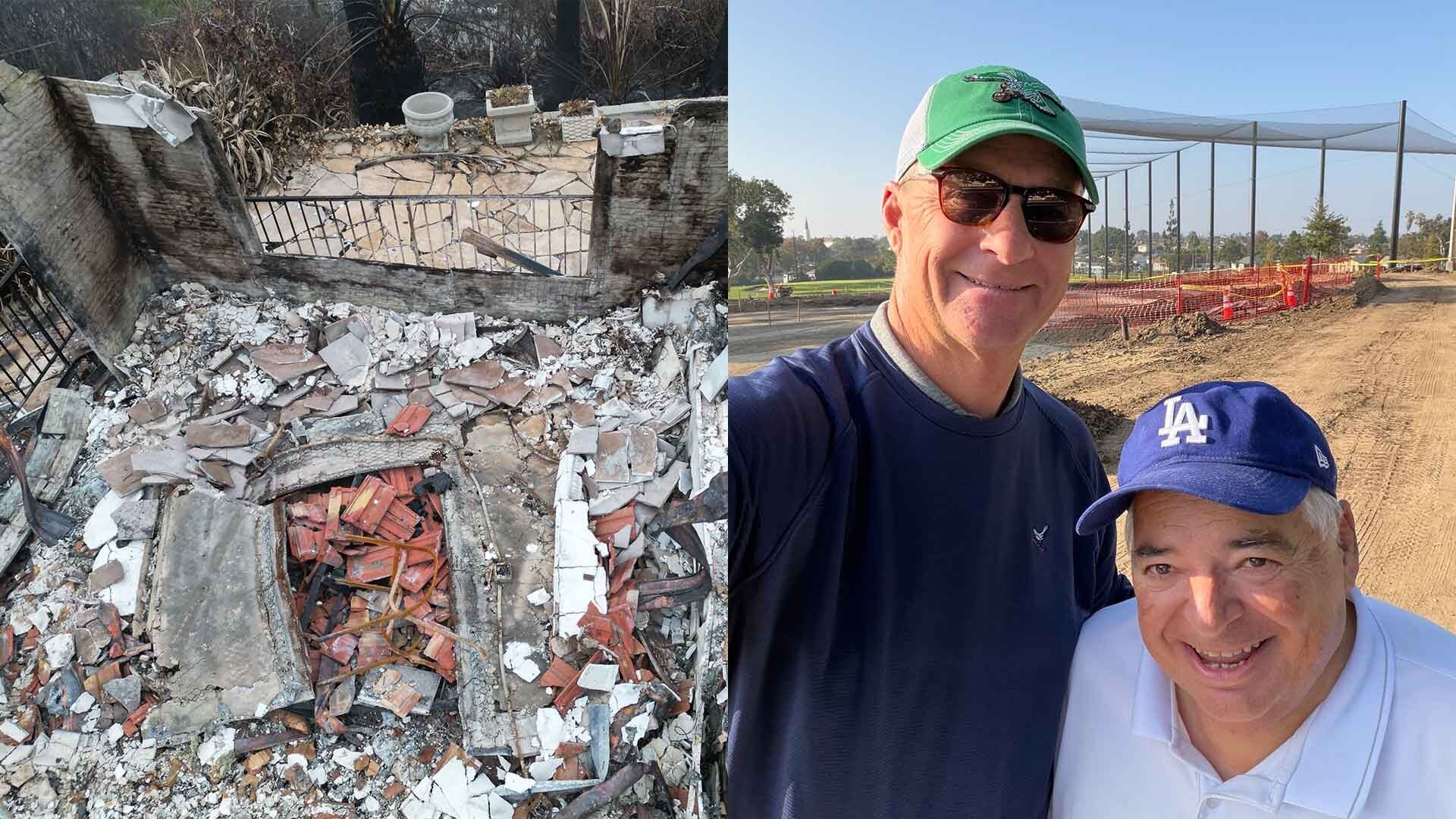A year from now, I turn 50. I can believe it—it’s right there on my green, much-stamped South African passport. Birthdate: October 17, 1969. I don’t know what I’ll be doing that day. I do know where I’ll be two months later. At Royal Melbourne Golf Club, the spectacular Australian course, for the Presidents Cup. I’m the captain of the International team. Tiger is the captain of the American team. We’ve been at this for a long while. He won his first major in 1997, at Augusta, and two months later I won my second U.S. Open. I’m looking forward to it.
As the captain, I find myself watching more golf on TV than I ever have, including the Ryder Cup in Paris. I don’t think the Presidents Cup is the Ryder Cup for odd-numbered years. They’re different events. I do think the Presidents Cup can be as exciting as the Ryder Cup, and as competitive. My job is to get the 12 International players comfortable, regardless of where they are from—with the food, with the housing, with the different support people and assistant captains. Most importantly, with each other.
ALWAYS PLAY ON
I don’t want to say goodbye to my 40s playing the way I’ve been playing these past few years, and I’m doing something about it. I take inspiration from Sam Snead, who won at 52. Davis Love, who won at 51. Phil Mickelson, who won this year at 47. Julius Boros won a PGA Championship at 48. Fred Couples, all through his fifties, has played such good golf, and what he does at Augusta most years is so impressive. I take particular interest in those guys because they had, and have, long, full, languid backswings. That was a hallmark of my swing when I turned pro at 19, and it still is today, 30 years later.
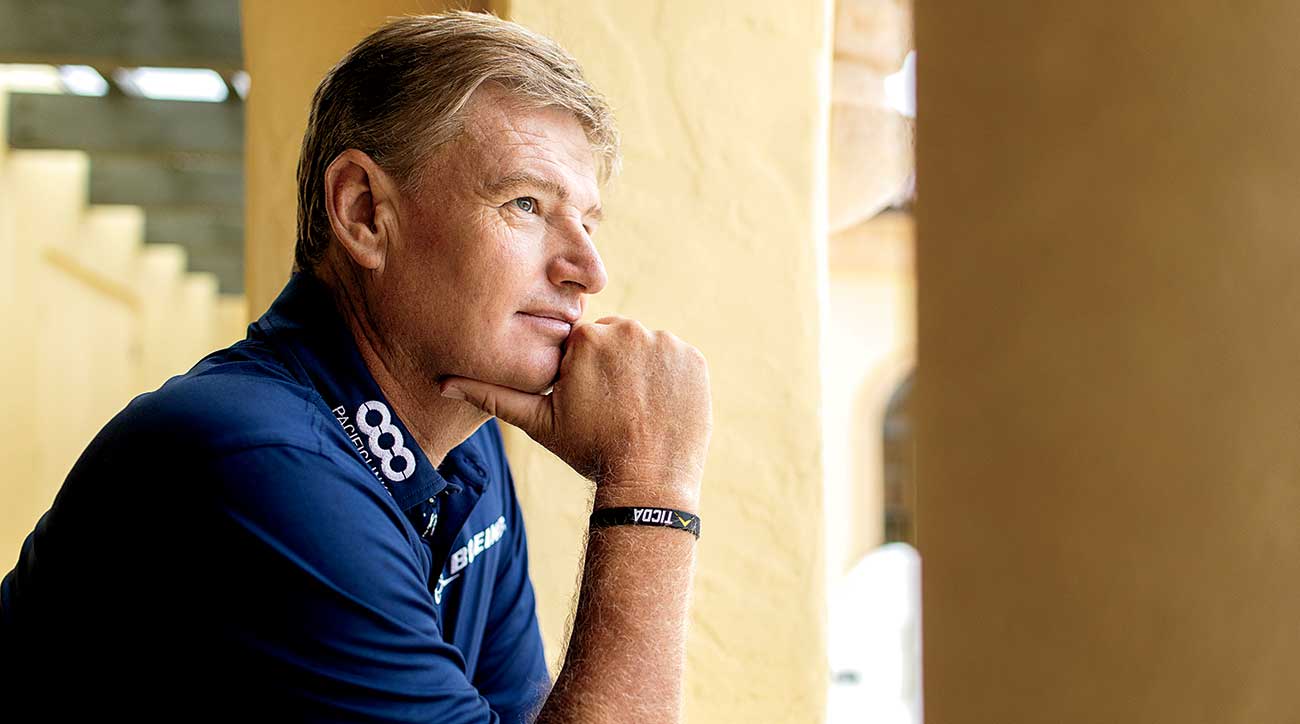
Golf’s a funny game. You never know when something is going to click. In August, I flew to Fiji to play in an event called the Fiji International. I shot a final-round 65 and finished two shots out of the winner’s circle. It felt good to contend, but I left hungry. I can’t wait for the new season. In 2019, I’m going to play some new events for me, all around the world. I think this year will be special. I’m excited.
To contend or win, you have to putt well. Putting has always been the game within the game. When I was a kid, my mother and I were at a tournament and Bobby Locke, the great South African golfer, was there. Locke is considered to be one of the greatest putters in golf history, and my mother, Hettie, made sure I met him. I was a good junior player, but I doubt he would have known my name. “Ah, Master Els,” he said. He spoke like a king and had what we called a “proper stomach.” His hands could have cut diamonds. In his day, Locke was considered golf’s greatest putter. I mention all this because there’s some Bobby Locke in my putting game now.
MORE: Ernie’s four-step plan to stick wedges close from any distance
For most of the past two years I’ve been using a head-heavy, standard-length putter, gripping it left-hand low. There’s a minor break in my left wrist as I take it back, which I do on a slightly inside path. That allows me to rotate and release the putterhead. When you do that, the ball tumbles and hugs its line. In a more extreme way, that’s what Locke did. As the old-time teachers say, you putt as you drive.
I use a putter made by a company called Bloodline. I was so impressed with their putters that I became an investor in the company. These putters all have a wide base and can literally stand up on their own, which allows you to check your line from behind your ball, in practice or in play. A putter standing up on its own would have shocked Bobby Locke. His putters were like butter knives!
I love innovation in golf, but at heart I am a golf traditionalist. I believe the putter should be the shortest club in your bag. I find a deep comfort in working with people who have been in the game for decades. Brad Adams, for instance, at Bloodline—he’s a third-generation golf man. Mike Moberg at Cleveland, the same—a lifetime in the game. He can do anything. I can say, “Mike, we’re heading to Dubai and we both know that the turf is really firm.” And he’ll say, “Let’s knock a couple degrees of bounce off the 56.” Golf is a game of inches and tweaks. In your equipment, your stance, your attitude, in everything.
In 2017, I was fourth on the PGA Tour in total putting. That might surprise you if you saw my putting display on the first green of the 2016 Masters. But two good things did come from that experience. The first is that I resolved to break down and relearn the mechanics of my putting. The other positive is that I got to read what our daughter, Samantha, later wrote about that experience, for one of her high school classes. Here’s a shortened version of it:
Through pain we see our true natures. My father has been the most resounding example of this. He is by no means a perfect man, but I have never known someone with stronger character. At the Masters in 2016 on the first hole my father took nine shots. People had never seen anything like it before; it was like some kind of sick comedy. At home, my mother and I cried as we watched. I wanted to run through the screen to him. Then something miraculous happened: My father picked up the ball from the hole and walked to the next tee box the way he has since he was a small boy, and I could see his immeasurable strength. Some might have quit. He played on and tried his best.
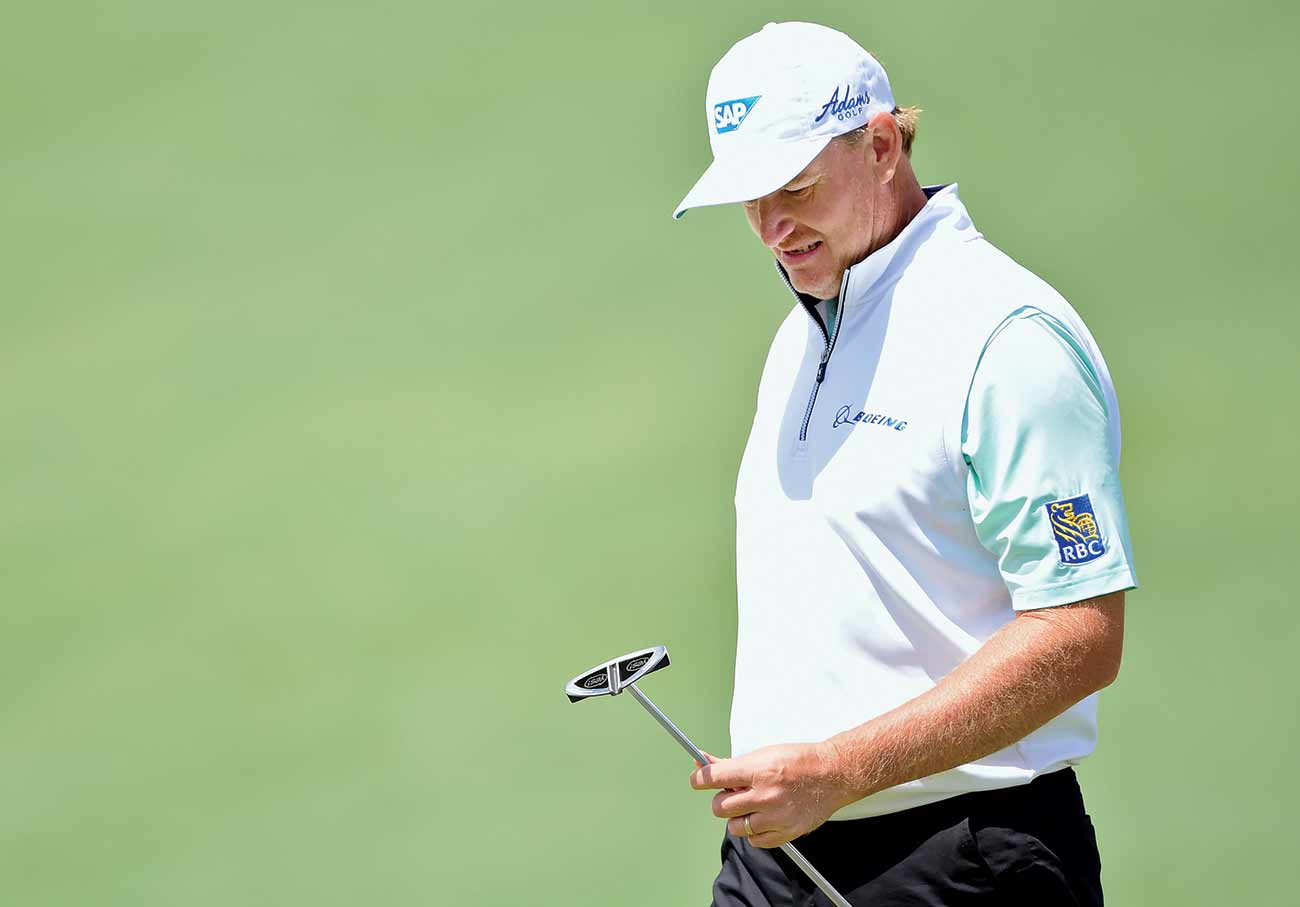
SWING TO YOUR PERSONALITY
When I was a young golfer, driving it long was important—length was one of my strengths—but driving it in play was more important. Now clubhead speed and a certain overall aggressiveness is an underlying part of professional golf. Justin Thomas is the epitome of the modern game. The speed of his swing, backswing and downswing, is astonishing. My friend Nick Price had something like that, but Justin’s swing is at another level. There have been other players on their toes at impact, but Justin’s feet are practically in the air on some of his drives. Bubba Watson, the same. I say this with admiration. They’re figuring out what they have to do to be successful.
To my eye, Louis Oosthuizen has one of the most beautiful swings in golf. I can relate to his swing, because it’s about turning, about rhythm, about building speed gradually. He’s on the ground. I am, too. Swinging out of my shoes is not a concept for me. Really, I could play barefoot. But the main point is that there’s never been only one way to get the ball in the hole efficiently.
You swing to your personality. Young Tour players today are often more like the athletes you see in other sports. They’re a little cocky, and that’s a good thing. They enjoy trash-talk, especially during practice rounds or on the range, far more than young players did 20 or 30 years ago. In those days, a certain type of modesty was a central part of the golf culture. Patience was seen as a virtue and a necessary ingredient to start a career. Now the players expect to make a mark right away. All that is fine. Sports have to evolve, or they die.
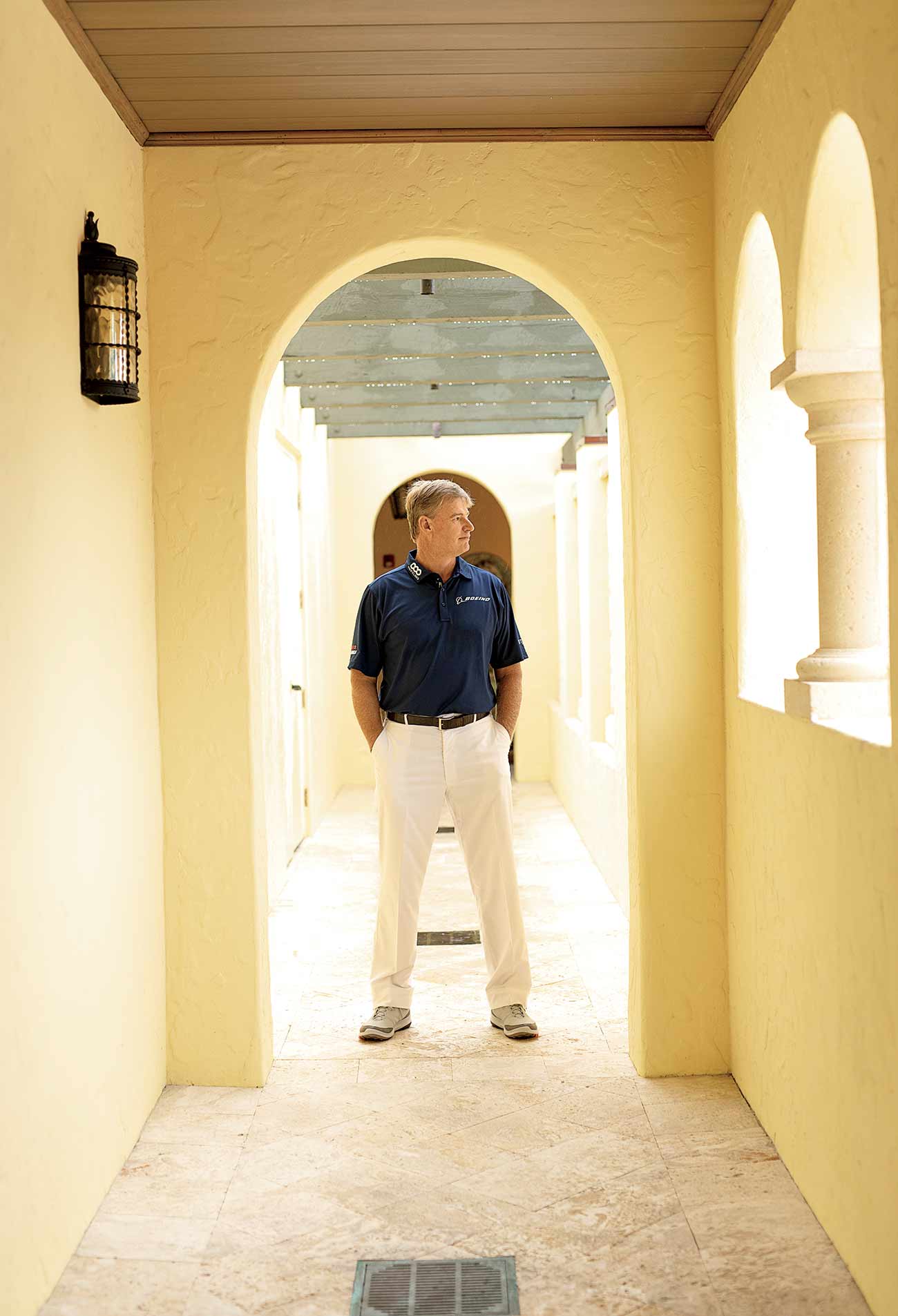
But you’re always going to be drawn to what’s familiar to you. Late at night I will occasionally look at classic swings on YouTube. All elite golfers have serious speed in their swings. The five players I mentioned earlier—Sam Snead and the others—all got their speed more from suppleness than, say, from musculature. Take a look sometime at the video of Ben Hogan hitting balls into the Atlantic in the Florida backyard of his friend George Coleman. Hogan is well past 60 in the video, but he has the speed of a young man where it counts, at impact. Along with his pure athleticism, that speed comes from his suppleness. His whole body looks like it’s dripping with WD-40.
I can relate because even now, in my late 40s, I’m still supple. To some degree, that’s a gift. I don’t imagine John Daly doing hot yoga, and he’s actually very supple. But you can work at it, and, even with my considerable size, I do, all the time. I stretch, I ride a stationary bike, I work out nearly every day. Golfers are athletes.
EMBRACE HISTORY
After I turn 50, I’m sure I’ll play some senior golf. For years, Gary Player told me—and anybody who would listen!—that he believed the senior majors should count as majors. I’d never go that far, but from what I can tell the senior schedule has three significant major events on it: the U.S. Senior Open, the Senior British Open and the Senior PGA Championship. Gary Player is the only person to have won all three. Perhaps the career “Senior Slam” should be more celebrated in golf. That would be another goal for me, to win those three.
The root of fan interest is the quality of competition and the personalities of the players. The beauty and history of the courses is very significant. Fans don’t care how much money we’re playing for.
The Presidents Cup doesn’t have a purse, and being part of ten different teams over the years has enriched my life. Especially the 2003 Presidents Cup, played in South Africa. Gary Player was the captain. The U.S. captain was Jack Nicklaus. When all the scheduled matches were over, the whole thing was tied. On the final day, Tiger had beaten me in singles, 4 and 3. The captains, Jack and Gary, met and decided that Tiger and I should go out for a sudden-death playoff. We tied the first hole. Then the second. Then the third. At that point, the sun had set and the course was dark. The captains, after consulting with their teams, agreed to call the match a tie. That was pure golf. And it came at a time when South Africa was discovering what kind of country it could be.

That period really began in about 1990, the year Nelson Mandela was released from prison. In 1995, South Africa hosted and won the rugby World Cup. In 1998, it qualified for the soccer World Cup for the first time. There were many other things, of course, but those events did so much to bring people together. The 2003 Presidents Cup was part of that. I won’t forget Mandela at the opening ceremonies.
NEVER STOP LOVING THE GAME—AND LOVING
When you travel the world, you can start to see it as small and familiar. You see that people are people no matter where you go on this earth. My design company has built courses in South Africa and also in Vietnam, China, Dubai, the U.S. and other places. You can’t be successful in that business, or probably any business, without knowing something about the lives of the local workers. I find that in every aspect of my life, the quality of your relationships always comes back to people and how you treat them.
With 50 approaching, I find myself taking a more careful look at my life and the lives of the people I love the most. I have an older brother, Dirk, and an older sister, Carina. They both loved sports when they were kids, just as I did. But because I had a little more promise, I got more attention, inside and outside our home. Was that fair? No. Is that sort of thing part of human nature? Yes. If you’re aware of it, you can do something about it. Now we’re all three closer than we’ve ever been, but it has taken effort. (Getting on airplanes helps.) Carina is married to a Serbian gentleman named Dragan Rebula. Their son, Jovan Rebula, learned the game in South Africa and is now on the Auburn golf team. I’m proud to say that this past summer he won the British Amateur, which got him an exemption to the Open at Carnoustie and next year’s Masters and U.S. Open. Pretty cool!
In the early 1990s, Liezl (then my girlfriend, now my wife) and I, along with my longtime caddie and friend, Ricci Roberts, were a threesome of South Africans in our early 20s—kids, really, seeking entry into any country that would have us. My main requirement was a tournament with prize money. Early in my pro career, I won in South Africa and Swaziland, in Japan and Dubai. I was good and getting better, and all I really thought about, to be honest, was myself.

By the time I got to the U.S. Open at Oakmont in 1994, I had made the cut in four majors and had never finished worse than eighth. I was good at golf. That was my life. I won that week, and everything and nothing changed. I continued to play golf, board planes, deposit checks. And I loved it—the people, the game, the competition. But I didn’t know how much more complex and interesting life could be.
Now Liezl and I have been married for nearly two decades. Samantha is a sophomore at Stanford, playing club rugby and making plans to save the world. Our son, Ben, is 17 and nearly as tall as his mom, which means he’s tall. Ben is a student at a public charter school our family started—with help from a lot of friends—called the Els Center for Excellence, in South Florida, where we live. It’s an extraordinary school for about 300 beautiful kids with autism. It’s the most significant thing I’ve done in my life. It would not exist without Liezl, Sam and Ben, and our many friends. I’ll name just a few—Rickie Fowler, Barbara Nicklaus, Johann Rupert, Marvin Shanken—knowing I’m leaving dozens out.
But I don’t forget that my success in golf played a significant role in that school coming to life.
Arnold Palmer was one of my favorite people in golf, and winning his event, the Arnold Palmer Invitational, at Bay Hill in 2010, will always be one of my happiest golf memories. Arnold would sometimes say, “Everything I have in life I owe to golf.” I completely understand and agree with that statement. He never stopped loving the game and trying to get better at it. What could be more inspiring than that?
I’m eager for whatever comes next.

